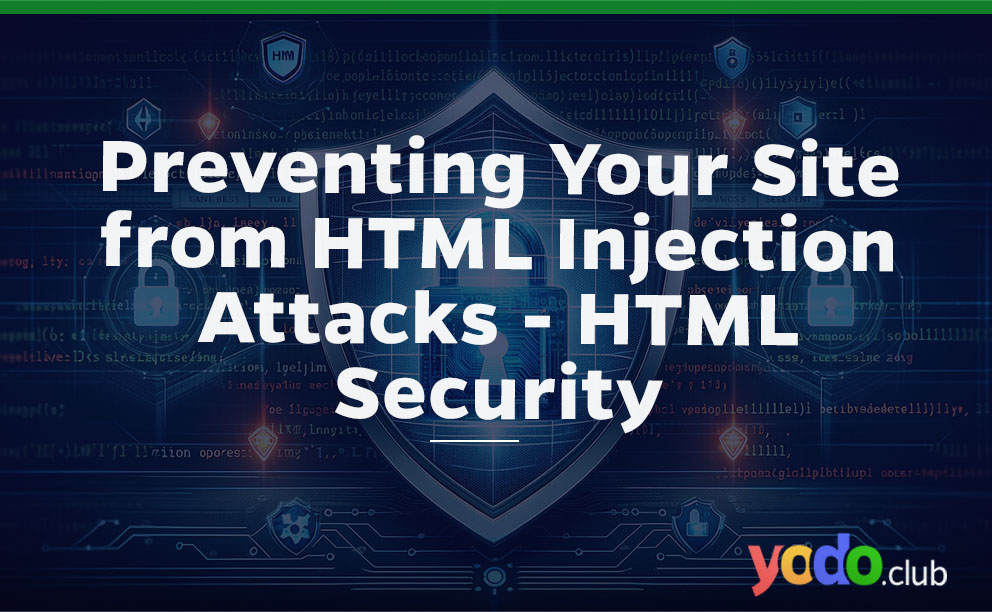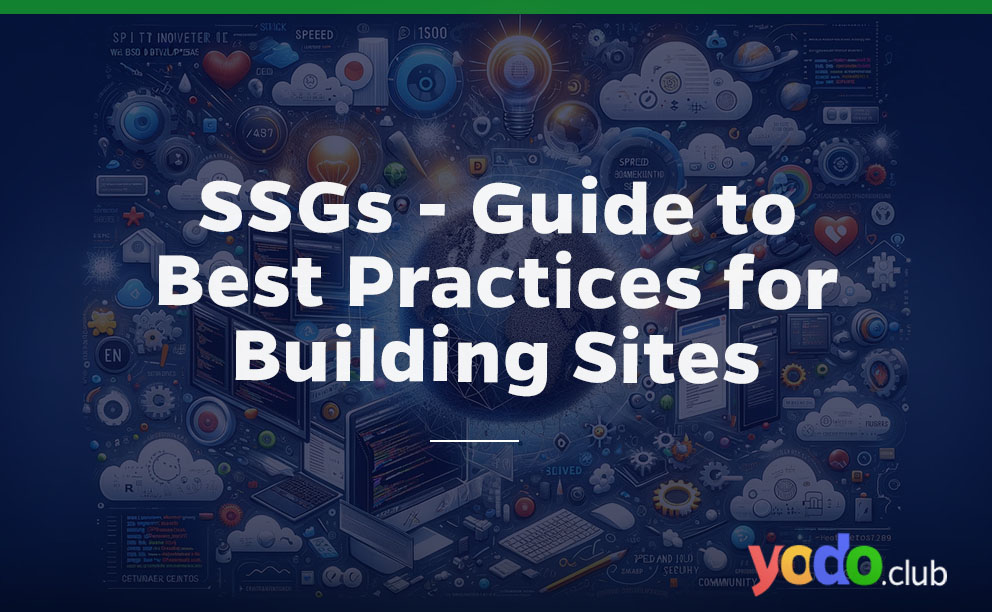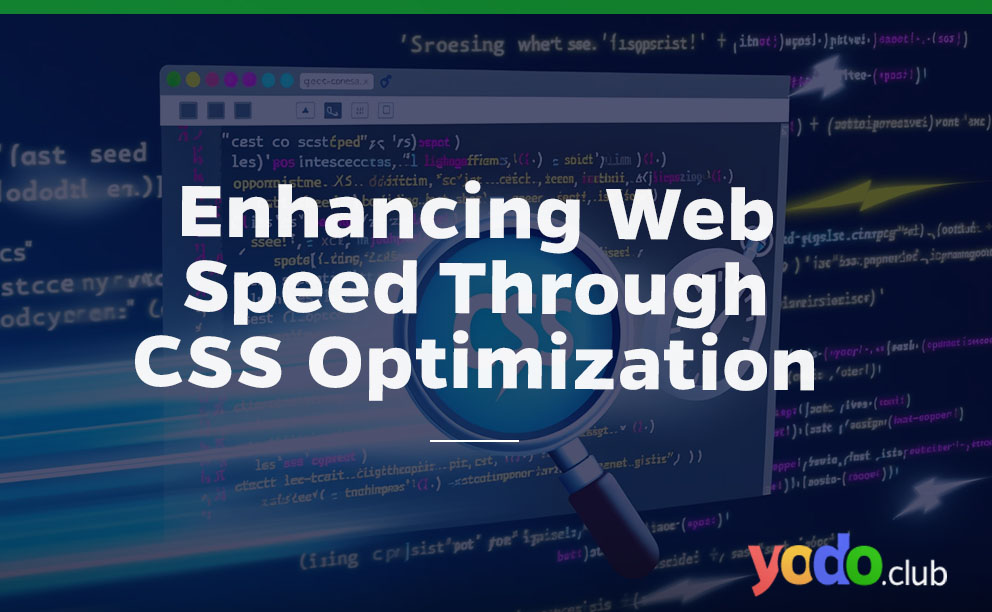Protecting HTML content from injection attacks is not just a technical necessity; it’s a crucial step in safeguarding your online presence. Every day, countless websites fall victim to these attacks, compromising sensitive data and eroding user trust.
This article will study the strategies and practices essential for defending your web applications against such vulnerabilities. By implementing these measures, you enhance your site’s security and ensure a safer and more reliable experience for your users, ultimately benefiting your reputation and bottom line.
Table of Contents
What are HTML injection Attacks, and How do They Work?
HTML injection attacks exploit web application vulnerabilities, allowing attackers to insert malicious code into web pages. This code, executed as part of the HTML content by the browser, can lead to unauthorized actions or data theft. The risk arises from dynamically generated content incorporating user input without adequate validation or sanitization.
Preventing HTML injection attacks begins with error-free coding. Learn how to increase security by correcting HTML errors to fortify your website’s defenses.
Examples of HTML Injection Attacks
Real-time of this highlight how attackers exploit web vulnerabilities:
-
- Sensitive Information Extraction: Attackers exploit HTML Injection to steal data like usernames and passwords, posing threats to privacy and security.
- Website Defacement: Unofficial content changes through HTML Injection can disrupt operations and harm a website’s reputation.
- Password Exfiltration: This attack extracts stored browser passwords, compromising user accounts and information.
These examples emphasize the need for robust security measures to protect against HTML Injection risks.
Types of HTML Injection Attacks
1. Reflected HTML Injection
Reflected HTML Injection occurs when user input containing malicious scripts, like those in form fields or URL parameters, is instantly echoed back and executed by the browser as legitimate content. This attack often uses social engineering, such as phishing emails with malicious links, to deceive users into triggering the script, potentially compromising their session cookies.
2. DOM-based HTML Injection
DOM-based HTML Injection manipulates the webpage’s Document Object Model (DOM) directly in the user’s browser, dynamically changing content without server interaction. This client-side alteration is more challenging to detect with traditional server-side security, making the attack stealthy.
3. Stored HTML Injection
Stored HTML Injection, also known as persistent HTML injection, embeds malicious code directly on a server in locations like databases or comment fields. This code is then displayed as part of a site’s legitimate content to unsuspecting users, executing harmful actions like cookie theft or redirects to malicious sites without deceiving users into clicking a specific link. This method is particularly insidious as it integrates the code with the site’s regular content.
Risks and Consequences
Data Theft and Breaches
HTML injection threats lead to unauthorized access to sensitive user information like login credentials and personal data. This breach can result in identity theft, unauthorized transactions, and further cyber-attacks, damaging individual privacy and the organization’s reputation, potentially leading to legal consequences.
Malware Distribution
HTML injection threats can distribute malware, covertly prompting users’ browsers to download and execute harmful software, ranging from adware to severe ransomware. It encrypts data for ransom, resulting in extensive system infections, data loss, and significant recovery costs.
Website Defacement
Website info through HTML injection alters a site’s appearance and content without authorization, damaging the brand’s image and credibility. Recovering the original state of the website post-attack can be challenging and expensive without up-to-date backups.
Core Prevention Strategies Against HTML Injection
Input Validation and Sanitization
These are the primary defenses against HTML Injection. Validation checks if data matches expected formats, and sanitization removes harmful elements. This element invloves stripping out or replacing special characters known to be used in HTML and script tags.
Output Encoding
This type transforms dangerous characters in dynamic content into encoded forms that browsers can’t execute, which is crucial for blocking injected scripts.
HTML Contexts
When placing dynamic content within HTML, critical characters (like <, >, &, “, and ‘) must be encoded to avoid being misinterpreted as HTML code, neutralizing potential script execution.
HTML Attribute Contexts
Encoding is also essential for dynamic content in HTML attributes to ensure it’s recognized as text, not code. Correctly quoting attribute values prevents attackers from injecting harmful content.
JavaScript Contexts
Encoding user input in JavaScript sections prevents it from being treated as code. Techniques like JavaScript escaping change risky characters to safe representations, maintaining content security within script blocks or event handlers.
Advanced Protection Measures
These are essential for safeguarding web applications against HTML Injection and XSS attacks.
Content Security Policy (CSP)
CSP, a robust security standard, limits the sources from which content can be loaded, thereby preventing the execution of malicious scripts. It enables developers to specify trusted content sources, enhancing security by:
-
- Restricting Inline and Remote Scripts: CSP blocks inline scripts and scripts from untrusted sources, thwarting attackers’ attempts to execute harmful scripts.
- Limiting Unsafe JavaScript: By blocking functions like eval(), CSP reduces the risk of executing malicious JavaScript and mitigating injection attacks.
- Restriction Form Submissions: CSP can limit where forms send data, helping to prevent phishing and data theft.
Applying CSP involves setting the Content-Security-Policy HTTP header with specific policy directives. For a cautious approach, the Content-Security-Policy-Report-Only header allows monitoring of potential violations without immediate enforcement, facilitating a phased implementation.
Secure Coding Practices
Using secure coding practices and frameworks can significantly reduce vulnerabilities. It involves:
-
- Frameworks and Libraries: Choose frameworks and libraries known for their security features and active maintenance. Many modern frameworks have built-in protections against common vulnerabilities, including HTML Injection.
- Validation Libraries: Utilize libraries designed for input validation and output encoding to ensure user data is properly sanitized before use.
Regular Security Audits and Updates
Continuous monitoring and updating of your web applications are vital to maintaining security.
-
- Security Audits: Conduct regular security audits to identify and rectify vulnerabilities using automated tools and manual inspection by security experts.
- Updates: Keep all web application components, including third-party libraries and frameworks, up to date with the latest security patches and updates.
While focusing on security, ensuring your HTML practices are optimized for search engines is equally important. Discover more about incorporating SEO in web security practices to enhance your site’s visibility and security.
Handling Specific Attack Vectors
It’s essential to apply fundamental security measures to protect against HTML injection,
Cross-Site Scripting (XSS) Prevention
Encode Data on Output
Convert user-controlled data to a safe format before displaying it, such as using HTML entities for < and > in HTML contexts and Unicode-escaping in JavaScript contexts.
Validate Input on Arrival
Ensure incoming data adheres to expected formats, like verifying URLs, using safe protocols, and checking numeric inputs as integers.
Framework Security
Utilize built-in protections in frameworks like React and Angular but remain vigilant about their specific vulnerabilities, such as React’s ‘dangerouslySetInnerHTML’.
Mitigating Password Exfiltration Risks
-
- Apply rigorous encoding and validation to user data to prevent XSS vulnerabilities that could lead to password theft.
- Adopt authentication methods like OAuth, which minimize direct exposure of passwords to the application layer, thus reducing exfiltration risks.
- Use HTTPS site-wide to encrypt data in transit, protecting against eavesdropping and password interception.
- Deploy CSP to limit script sources, decreasing the chances of XSS attacks and subsequent password exfiltration.
Case Studies
The Snapchat and Facebook Business Pages incidents in 2014 and 2015 serve as stark reminders of the dangers posed by HTML injection exploits. Snapchat’s breach exposed millions of usernames and phone numbers, while a vulnerability in Facebook’s Business Pages allowed unauthorized admin access. These events underscore the need for stringent access controls to prevent such security lapses.
More information about these cases is available in Horangi’s blog post about web vulnerabilities.
Tools and Resources
It’s vital to use tools like web application firewalls (WAFs), static and dynamic application security testing (SAST/DAST) tools, input validation libraries, and content security policy (CSP) generators. They guard against HTML injection. These resources help filter traffic, identify code susceptibilities, sanitize user data, and create secure policies.
Conclusion
Protecting HTML content is crucial for web security, preventing data breaches, and maintaining user trust. It’s vital to stay vigilant and regularly update security practices to combat evolving threats. Regular audits, updates, and education on new vulnerabilities and defence mechanisms are essential for maintaining a secure web environment.






 & Passion.
& Passion.